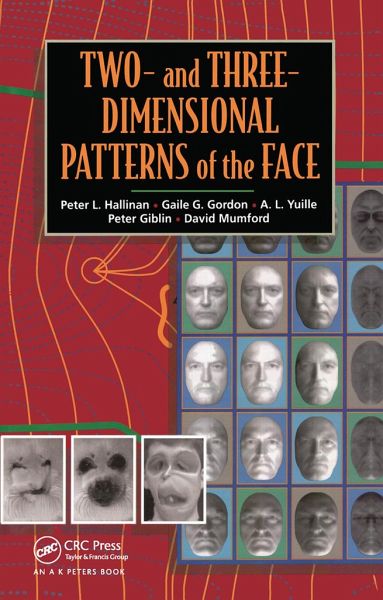
Two- and Three-Dimensional Patterns of the Face
Versandkostenfrei!
Versandfertig in 1-2 Wochen
73,99 €
inkl. MwSt.
Weitere Ausgaben:

PAYBACK Punkte
37 °P sammeln!
The human face is perhaps the most familiar and easily recognized object in the world, yet both its three-dimensional shape and its two-dimensional images are complex and hard to characterize. This book develops the vocabulary of ridges and parabolic curves, of illumination eigenfaces and elastic warpings for describing the perceptually salient features of a face and its images. The book also explores the underlying mathematics and applies these mathematical techniques to the computer vision problem of face recognition, using both optical and range images.














